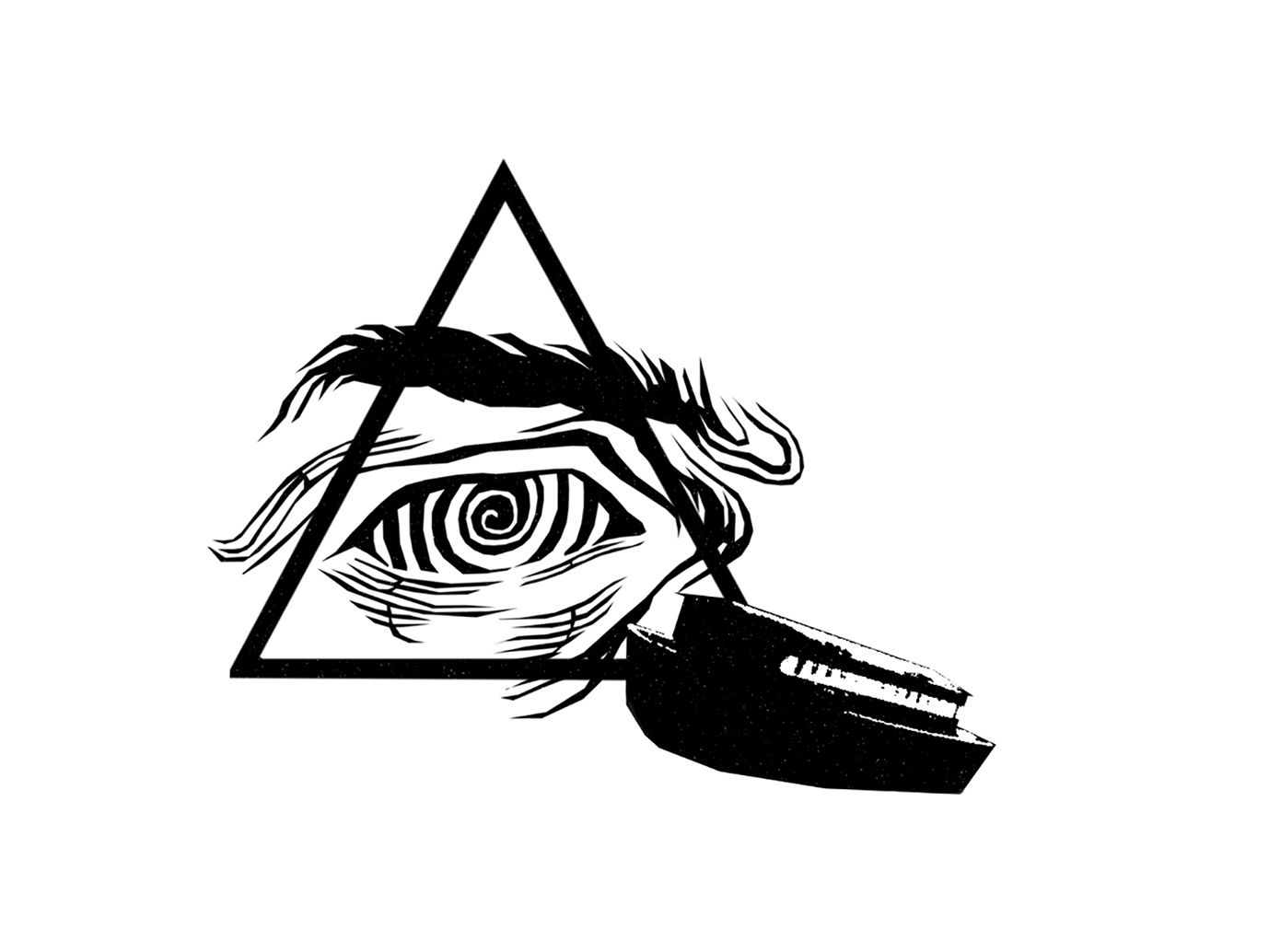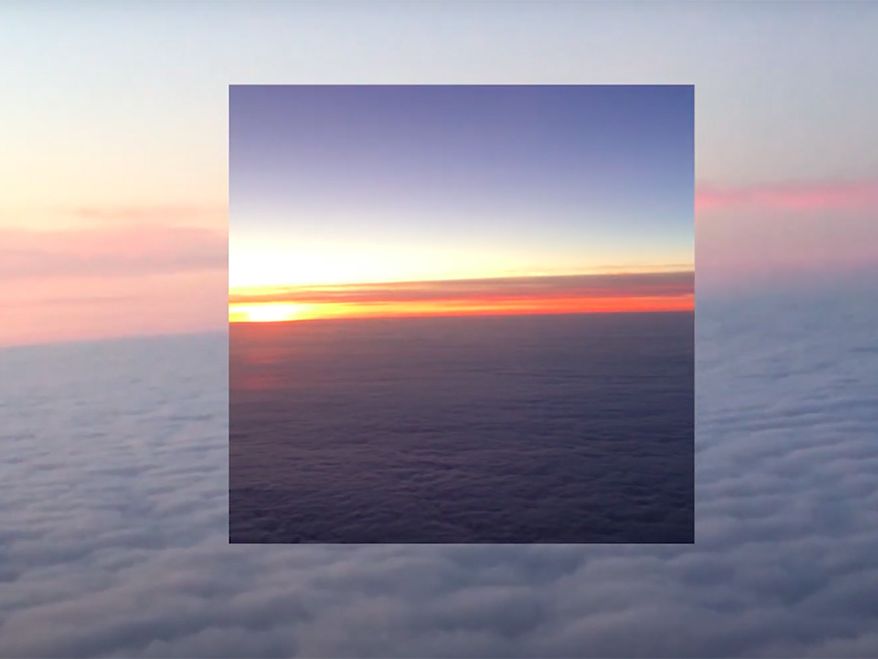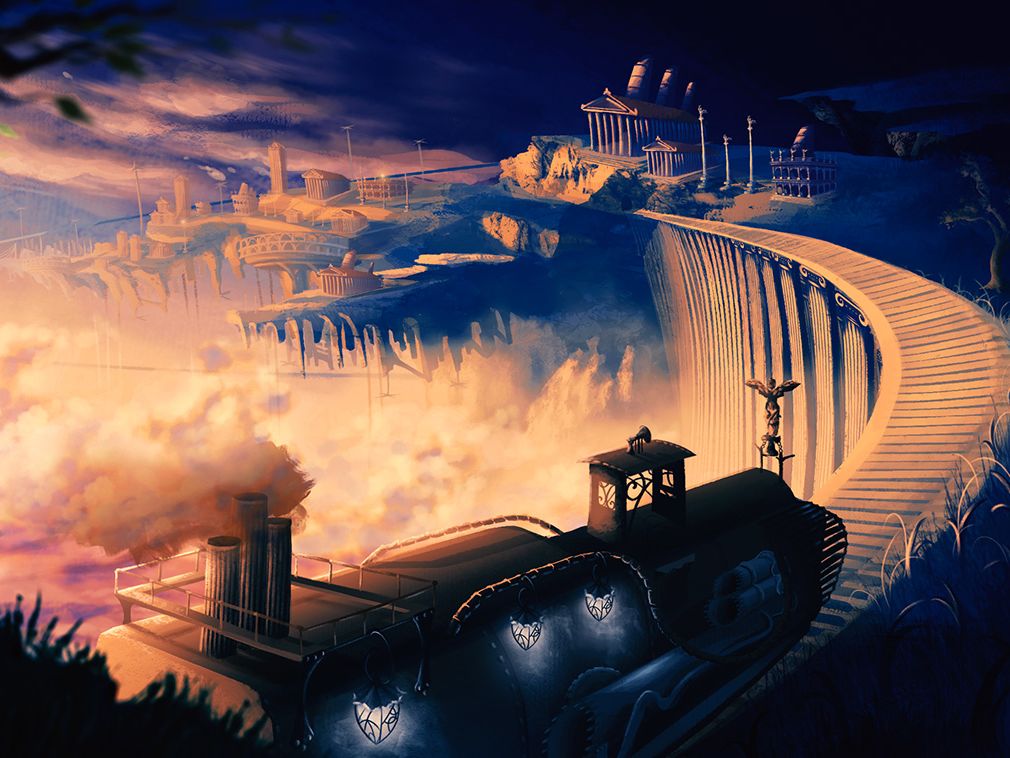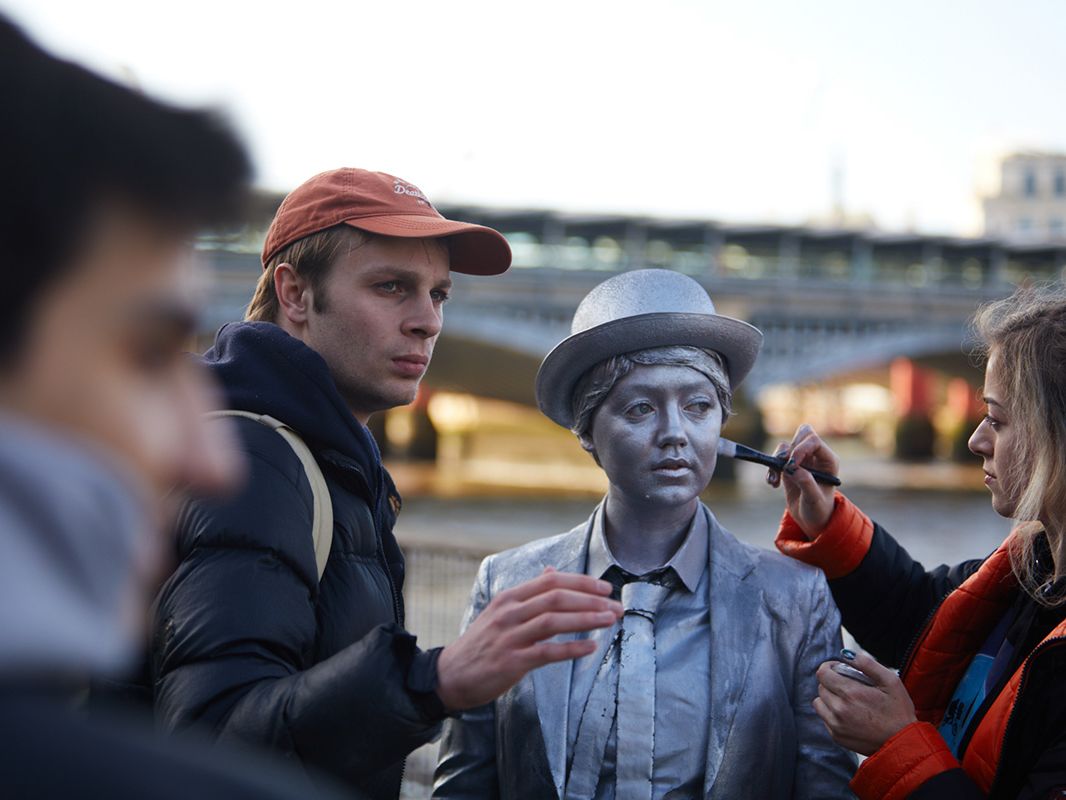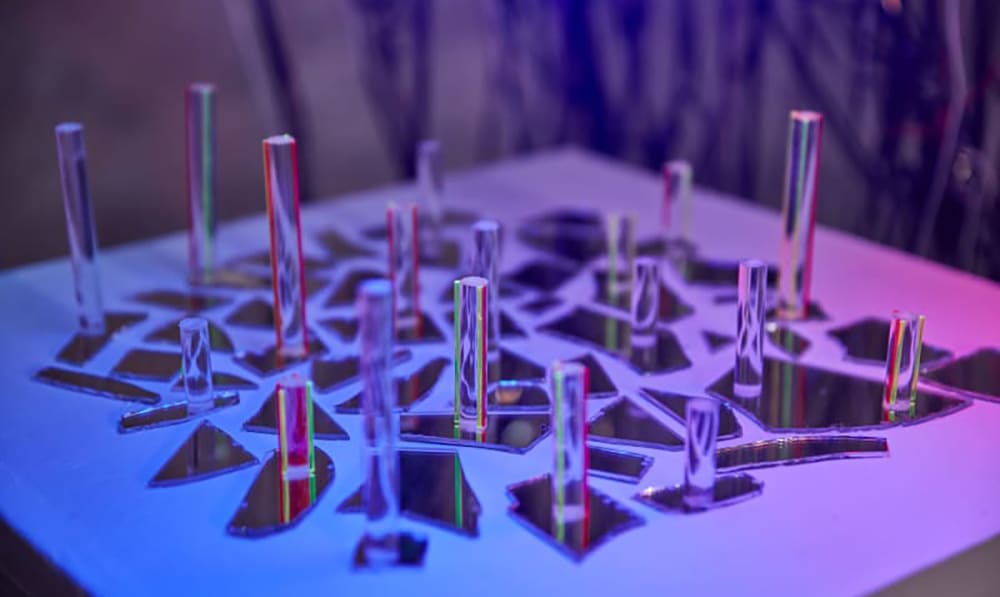
Tech Talks: Michael Speers on Sound Arts
- Written byChloe Murphy
- Published date 10 March 2022
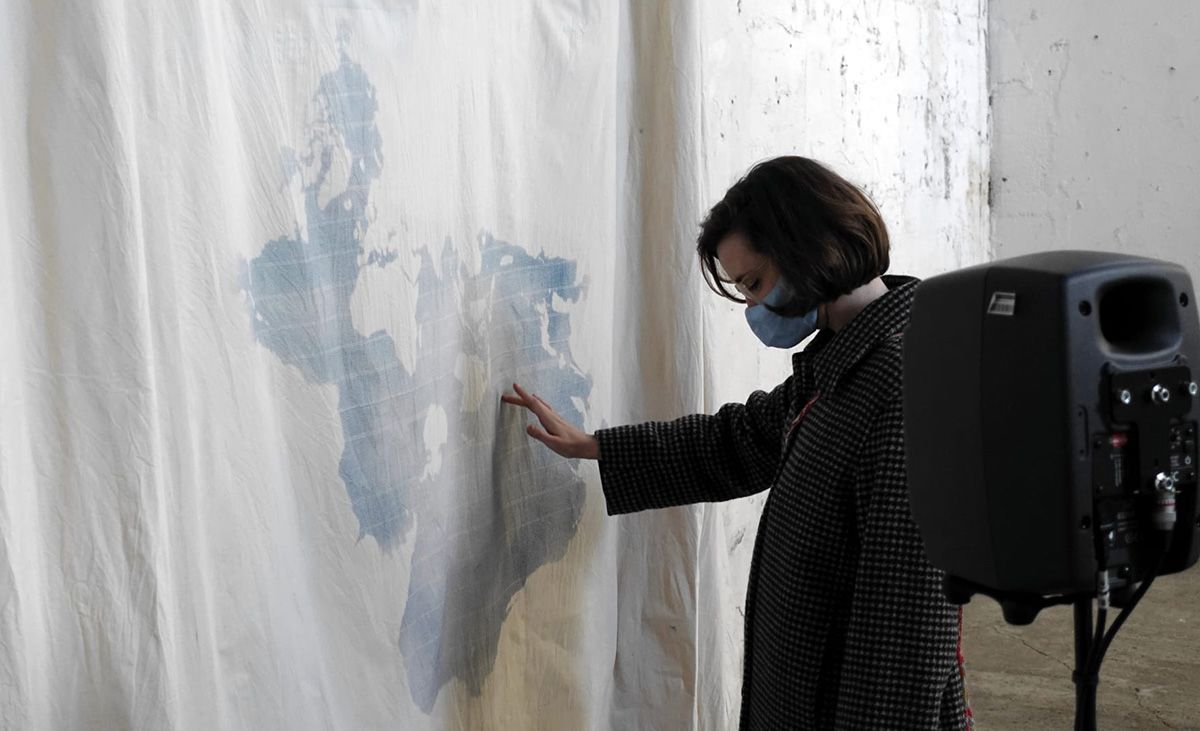
Home to a community of makers, thinkers and innovators, London College of Communication (LCC) offers access to outstanding facilities where students can enhance their practice and create inspiring work.
Some College facilities are tailored to specific courses, such as our Sound Arts studios, sound rooms and labs, which enable both undergraduate and postgraduate students in the discipline to explore how sound can be used creatively in the contemporary world.
Working with industry-standard equipment, they're supported to develop both a conceptual and contextual understanding of sound arts practice, and to produce original projects that reflect their own artistic vision.
We caught up with Specialist Technician Michael Speers to discuss his journey through the sound arts landscape, how his role supports students to generate exciting concepts and ideas, and the importance of connecting to a wider creative community.

Tell us about your creative practice.
I studied for my BA in Music Technology and Sonic Arts at a place in Belfast called SARC, or the Sonic Arts Research Centre. I was already a drummer, but this is where I became really interested in experimental music and sound arts.
After I graduated, I moved to London and studied for a Master’s in Creative Practice at Goldsmiths, which is now their MMus in Sonic Arts. I was making lots of composition work and sound installations, and playing lots of shows as an experimental musician - I’ve always been quite involved in the music scene here, particularly in places that support contemporary music and performance, like Café OTO.
I was immersed in the field when this role came up, so it felt like a really exciting opportunity.
As a technician, what does your job involve, and how are you able to support students throughout their studies?
I work with students on both the BA (Hons) Sound Arts and MA Sound Arts courses, and it’s my job to induct them into our spaces and point them in the right direction in terms of equipment that can help them to realise their ideas. Really, I just try to creatively introduce them to different tools, and then guide them towards their final creative outputs.
One of the key elements of my role involves maintaining the studios that we’ve got here at the College, where students can experiment with areas ranging from sound design for film to multi-channel, electro-acoustic work, or even experimental music and production. We provide access to a wide range of software and hardware, so I keep an eye on the latest developments to make sure there's an up-to-date range of tools to hand.
I also deliver workshops on different topics. A recent session involved introducing students to a project from a global network of sound artists who livestream microphones from locations all over the world - so you can listen to a rainforest in Queensland, or someone’s garden in Camberwell. It’s all free and open-source, and I was able to demonstrate how they can set up similar streams and collaborate with others in the wider community.
What do you enjoy most about your role?
I guess what I enjoy most isn’t necessarily the technical work, but actually just talking about ideas – hearing what our students have come up with, offering input from my own perspective, and seeing how those 2 things interact to produce something new and exciting.
I enjoy giving workshops too - especially when they’re very participatory and there’s a real exchange of ideas rather than a didactic delivery of information. I really get a lot out of that, and out of seeing students’ final work materialise. I learn a lot from them.
Theone | Lara Geary, MA Sound Arts 2021
You mentioned introducing students to a global network of sound artists – how else can they connect with wider creative communities during their time at LCC?
We run extra-curricular sessions which introduce students to some really interesting forms of practice from external guests. Recently, we welcomed a guest from the sound arts collective Ultra-red, who led a workshop which involved going outside with field recorders, capturing sound and then exploring the findings. As a very political collective, they were able to bring some really critical insights, which was great.
We also have a Visiting Practitioners lecture series, which is curated by Dr Annie Goh. As a team, we’re always suggesting different artists that we’re interested in - Annie then considers our suggestions in the context of her own curation before reaching out and exploring whether they’d be interested in taking part.
We’ve hosted some really inspiring artists over the last couple of years, and I think it’s useful for students to see people who are actively practicing, achieving some really incredible stuff, and sharing their work with the world.
We’re also aiming for greater collaboration with teams across other spaces at LCC. For example, a new member of staff in the Creative Technology Lab is particularly interested in sound, so we’ve been talking about how we can integrate what we do into each other's work.
Have you supported any student projects during your time at LCC that were particularly memorable?
Last year, I worked with MA student Lara Geary to create a binaural spatial rendering of AI that was in the process of learning the alphabet. It was trained using her voice and repeatedly made mistakes - eventually, it became a kind of uncanny character that she built a strange relationship with and captured as a headphone piece - Utter[us].
Lara's installation, Your sound æffects. The voice, a body elsewhere?, also involved a visual aspect, where a blob-like figure was rendered on-screen in a constant, chaotic state of movement. When people spoke into a microphone, the blob (Theone) registered vocal frequencies, moving around and reacting as though it was another kind of character.
The project was installed at a place called Dilston Grove - what was once an old church over in Southwark Park, and is now the venue for our annual MA Sound Arts Degree Show. Lara worked really hard to consider the impact of every single component in the space, and it was an amazing result.
What advice would you give to students who are interested in the field of sound arts?
Many of the students who end up exploring sound arts are already musically focused – a lot of them have a background in music production, for example, and they perhaps want to broaden their practice and think about new ways of working with sound.
However, I don’t think that it's absolutely necessary to have this background in order for you to study the discipline and get a lot out of the course. The most important thing is to have an open sensibility around sound as a medium, and a desire to develop your own approaches to it.
I’ve also found that some of the best work deals with sound as a physical entity or phenomenon rather than anything that attempts to categorise or genre-fy it. I'd always say that bringing the focus of a project back to sound itself carries so much strength.
Related links:
- Find out more about our BA (Hons) Sound Arts and MA Sound Arts courses.
- Take a tour of our facilities through LCC's interactive Virtual Open Day.
- Learn more about the work of our Screen School.
